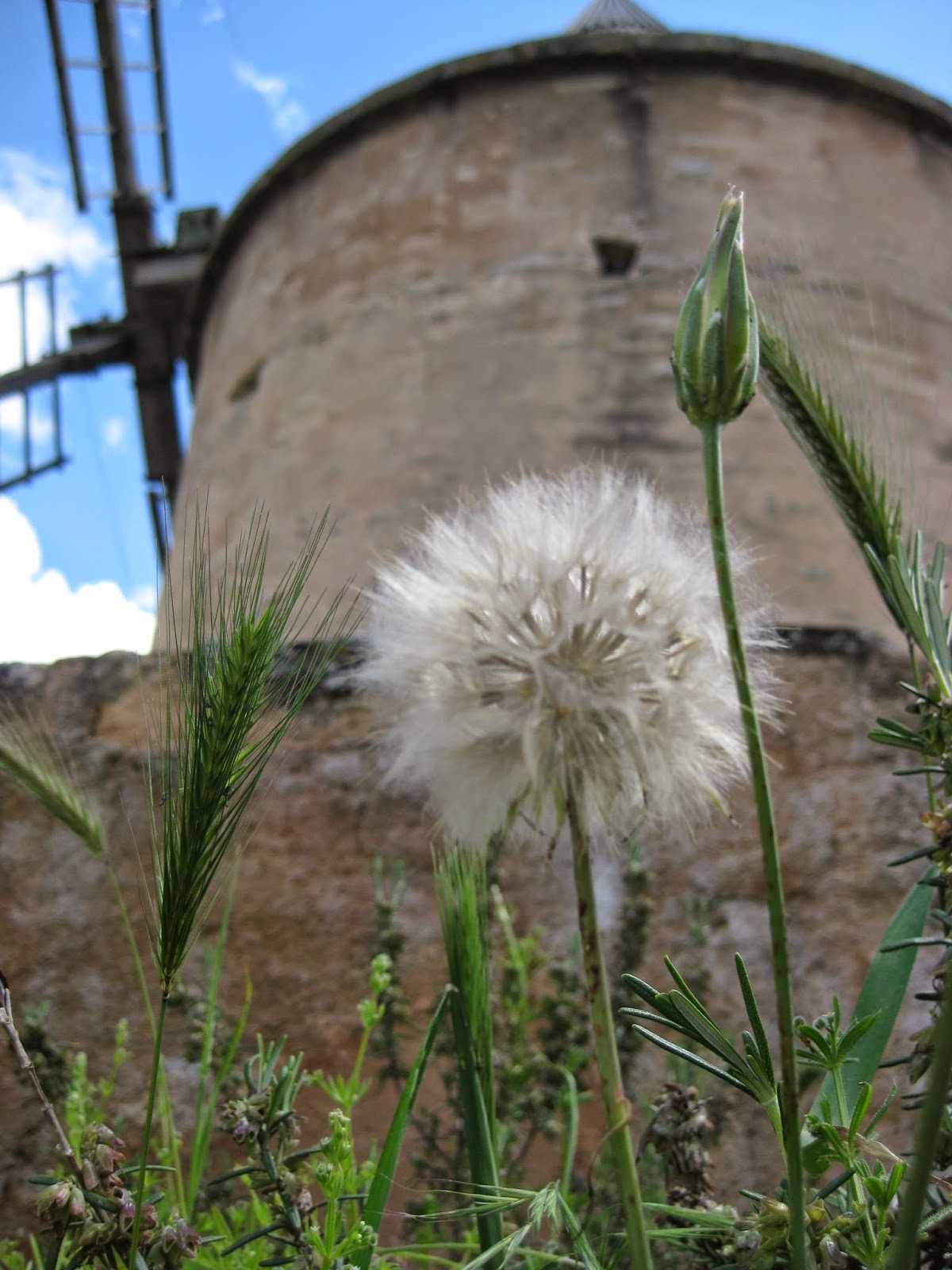Symphytum officinale
Comfrey
Grande consoude
A large, coarse, tuberous-rooted, clumping perennial, native to Europe and Asia
The word 'comfrey' comes from the Latin 'con firma', meaning strength in reference to its reputation for healing wounds and broken bones. It has been cultivated since 400 BC as a healing herb. The leaves and roots have been used for many years in poultices for treating a variety of rashes and inflammations as well as sprains and broken bones.
Teas are made from dried leaves and roots.
Large, hairy, ovate-lanceolate dark green basal leaves grow to 8" long. Tubular, white to pink to purple flowers appear in drooping clusters spring to early summer.
 |
Form, wetlands near Lacoste, 4.11.13
|
 |
| Blossom 4.08.13 |
 |
| Early Bud 4.08.13 |
 |
| Illustration by F.E. Kohler, 1887 |


















































